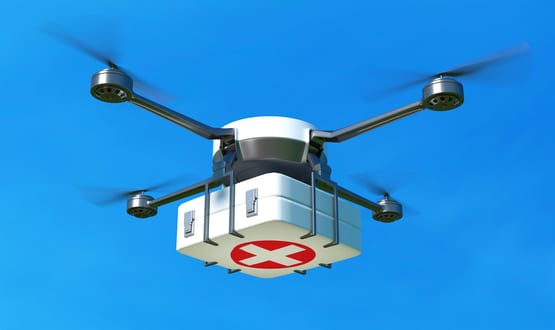Liverpool hospitals praised for “get well soon” e-mails
- 7 November 2003
A scheme which enables friends and relatives to send e-mail greetings to in-patients in the Royal Liverpool and Broadgreen Hospitals has been praised by health minister, John Hutton.
Hutton described the email service as an “innovative scheme” during his address to a conference in Birmingham this week about the NHS information portal, www.nhs.uk. He cited it as an example of the services that could be devised for patients and accessed via the portal which aims to be a one-stop shop for information about the health service.
But he added: “There is much more that needs to be done and it needs to be done quickly as we move towards out goal of increasing choice in the NHS.”
Volunteer manager at the Royal Liverpool Hospital, Doreen Ryan, said the service was set up over four years ago. E-mail messages are sent via a form on the hospitals’ online visitor information page and printed out on special greetings stationery. Messages are then delivered to the wards at the Royal Liverpool by the volunteer team or faxed through to Broadgreen.
“The patients are absolutely delighted,” she said.
Messages arrive in single numbers on an average day but a celebrity in the hospital can bring a flood. When Liverpool Football Club manager Gerard Houllier was in the hospital for heart treatment 50 messages a day rolled in.
The service brings delight to senders as well as patients. One well-wisher sent a message to say: “What a wonderful service. We don’t have such a service in our hospitals in Canada.”
E-mail means that greetings can be send speedily from around the world. Closer to home Ryan said the service was particularly useful to long term patients. She said one such patient was currently using email to stay close to a young family. “Her husband e-mails her a couple of times a day and she just feels she’s in touch.”
The service, set up by the hospitals’ IT team, has run without glitches. The only problem the volunteers report is occasional difficulty in tracing a patient. If they cannot deliver a message the volunteers always contact the sender and often manage to elicit the extra information needed to ensure the patient get the messages.




